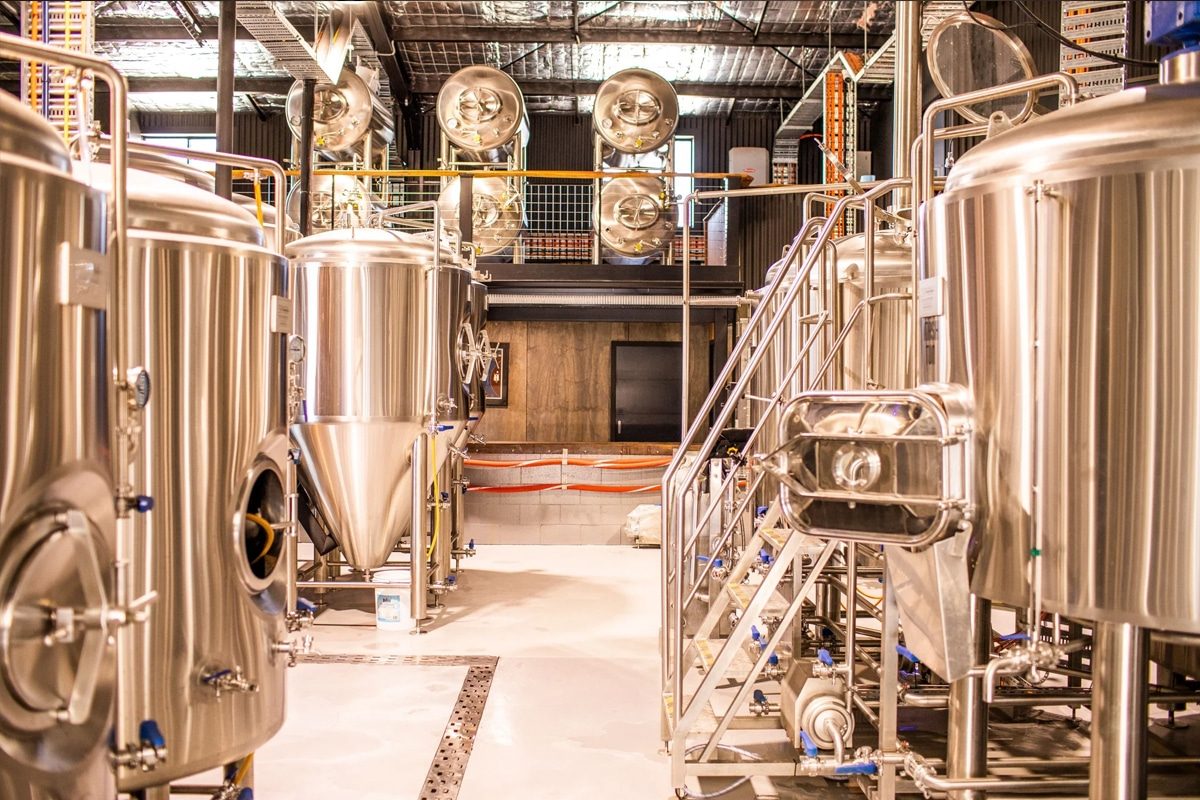
How Does Water Hardness Affect Brewing?
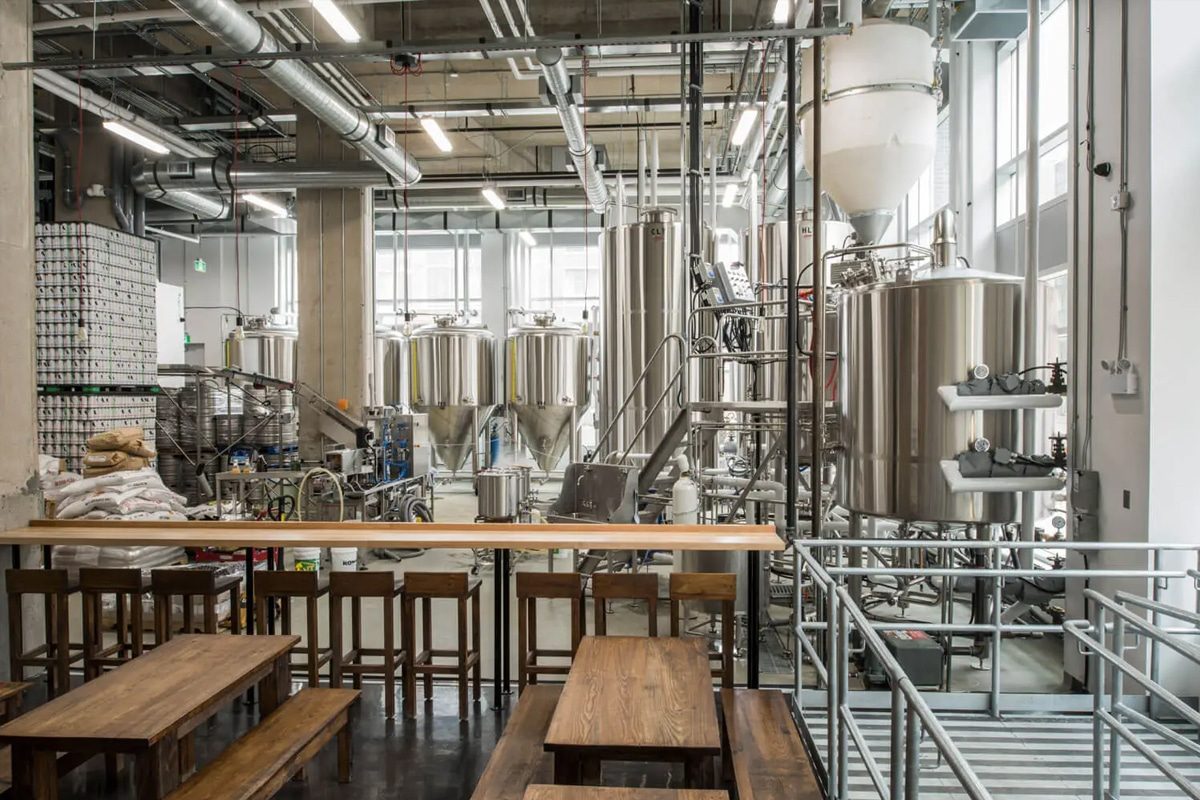
Understanding Water Hardness
What is Water Hardness?
Types of Water Hardness
Water hardness can be classified into two main types: temporary hardness and permanent hardness.
- Temporary Hardness: Temporary hardness is caused by the presence of dissolved bicarbonate minerals, such as calcium bicarbonate (Ca(HCO3)2) and magnesium bicarbonate (Mg(HCO3)2). These bicarbonates can be removed by boiling the water. When boiled, bicarbonates precipitate out of the solution as carbonate, leaving behind softer water. This form of hardness is called “temporary” because it can be relatively easily removed through this simple process.
- Permanent Hardness: Permanent hardness is due to the presence of sulfate or chloride compounds of calcium and magnesium, such as calcium sulfate (CaSO4) and magnesium chloride (MgCl2). Unlike temporary hardness, these compounds do not precipitate out upon boiling and require chemical treatment to be altered. Permanent hardness is more stable and must be managed through water treatment techniques to suit brewing needs.
Measuring Water Hardness
Water hardness is typically measured in parts per million (ppm) or milligrams per liter (mg/L) as calcium carbonate (CaCO3). It can also be expressed in degrees of hardness, using various scales, such as:
- General Hardness (GH): This represents the total concentration of calcium and magnesium ions in the water. 1 degree of General Hardness (dGH) = 17.848 ppm of CaCO3.
- Carbonate Hardness (KH): Measures the concentration of bicarbonate and carbonate ions, which contribute to the buffering capacity of the water. 1 degree of Carbonate Hardness (dKH) = 17.848 ppm of CaCO3.
To measure water hardness, brewers can use:
- Titration Kits: These kits involve adding a reagent to a water sample and observing a color change to determine hardness levels.
- Test Strips: These strips are dipped into the water and compared against a color chart to estimate hardness levels.
- Digital Meters: More precise and expensive, digital meters can provide exact readings of water hardness and other parameters.
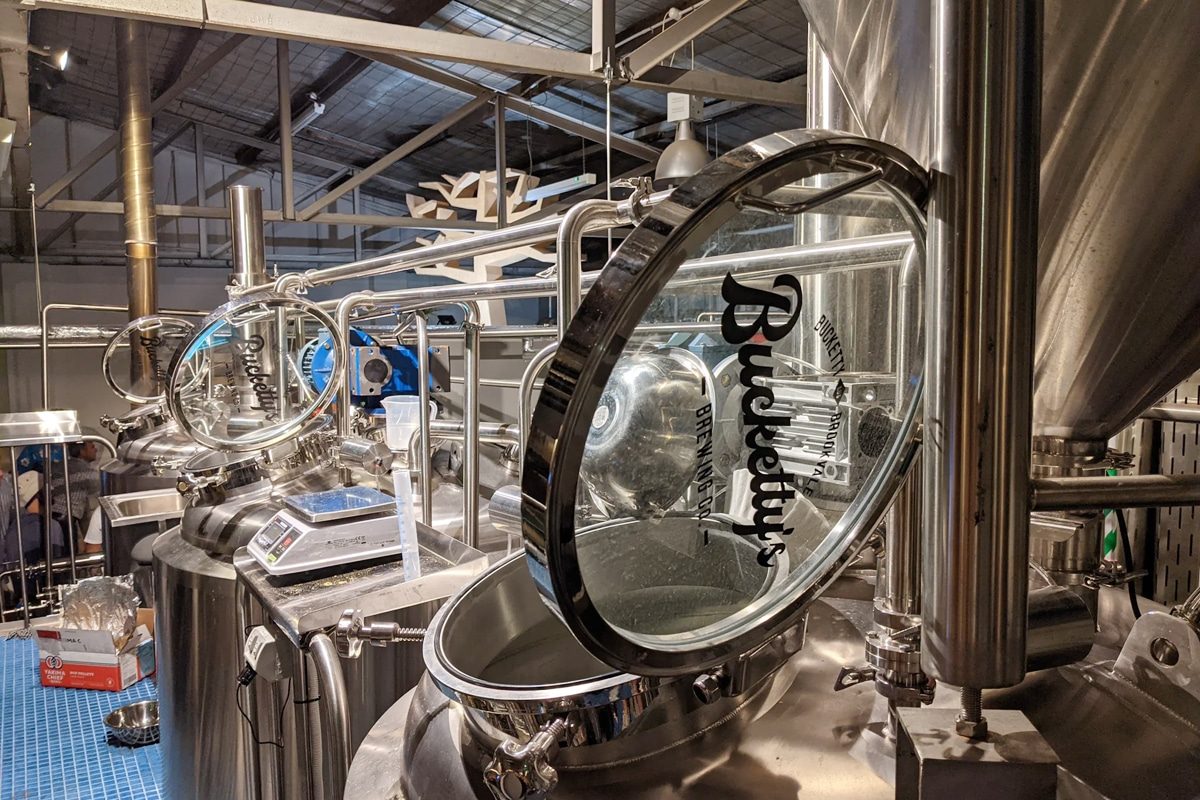
Water Chemistry in Brewing
The Role of Calcium
Calcium is one of the most critical minerals in brewing, influencing various aspects of the brewing process:
- Enzyme Activity: Calcium stabilizes and activates enzymes like alpha-amylase and protease during the mash. These enzymes are essential for breaking down starches into fermentable sugars and proteins into amino acids, respectively. Proper enzyme activity ensures efficient conversion of malt components, leading to better extraction and higher yields.
- pH Control: Calcium ions help lower the mash pH by precipitating phosphate as calcium phosphate. Maintaining an optimal mash pH (between 5.2 and 5.6) is crucial for enzyme functionality and protein coagulation. A proper mash pH enhances the efficiency of starch conversion, improves wort clarity, and reduces the risk of unwanted flavor compounds.
- Yeast Health: Calcium aids yeast metabolism and flocculation. Adequate calcium levels enhance yeast flocculation, leading to clearer beer and more efficient fermentation. It also supports yeast cell wall stability and nutrient transport, ensuring healthy and robust fermentation.
The Role of Magnesium
Magnesium, though required in smaller quantities than calcium, plays a vital role in brewing:
- Enzyme Co-factor: Magnesium acts as a co-factor for various enzymes involved in the fermentation process. It aids in the activation and stability of enzymes that convert fermentable sugars into alcohol and carbon dioxide.
- Yeast Nutrition: Magnesium is an essential nutrient for yeast, supporting their growth and metabolism. It helps in the synthesis of nucleic acids and proteins, contributing to healthy and efficient fermentation.
- Flavor Contribution: While magnesium is beneficial in moderate amounts, excessive levels can impart a bitter taste to the beer. Brewers need to balance magnesium levels to avoid undesirable flavors while still supporting yeast health and enzymatic activity.
The Role of Bicarbonates
Bicarbonates (HCO3-) play a crucial role in the buffering capacity of brewing water:
- pH Buffering: Bicarbonates act as buffers, resisting changes in pH. In brewing, bicarbonates help maintain the mash pH, especially in the presence of acidic or alkaline substances. While some bicarbonate is necessary to prevent drastic pH shifts, high levels can lead to an overly high mash pH, negatively affecting enzyme activity and protein coagulation.
- Acid Neutralization: Bicarbonates neutralize acids in the mash, impacting the overall pH balance. For darker beers, which contain more acidic roasted malts, higher bicarbonate levels can help buffer the acidity and maintain a balanced mash pH.
- Flavor Impact: Excessive bicarbonate levels can impart a chalky or soapy taste to the beer, particularly in lighter styles. Brewers need to manage bicarbonate levels to avoid off-flavors and ensure the desired flavor profile.
The Role of Sulfates and Chlorides
Sulfates (SO4^2-)
- Enhance Bitterness: Sulfates accentuate hop bitterness, making them desirable for hop-forward styles like pale ales and IPAs. They create a crisper, dryer finish that complements the hop character.
- Mouthfeel: Sulfates contribute to a drier, more astringent mouthfeel, which can enhance the perceived bitterness and crispness of the beer.
Chlorides (Cl-)
- Enhance Malt Sweetness: Chlorides enhance malt sweetness and fullness, making them suitable for malt-forward styles like stouts and porters. They create a rounder, smoother mouthfeel, emphasizing the malt character.
- Balance: The sulfate-to-chloride ratio is critical for balancing hop bitterness and malt sweetness. A higher sulfate-to-chloride ratio favors hop bitterness, while a higher chloride-to-sulfate ratio favors malt sweetness.
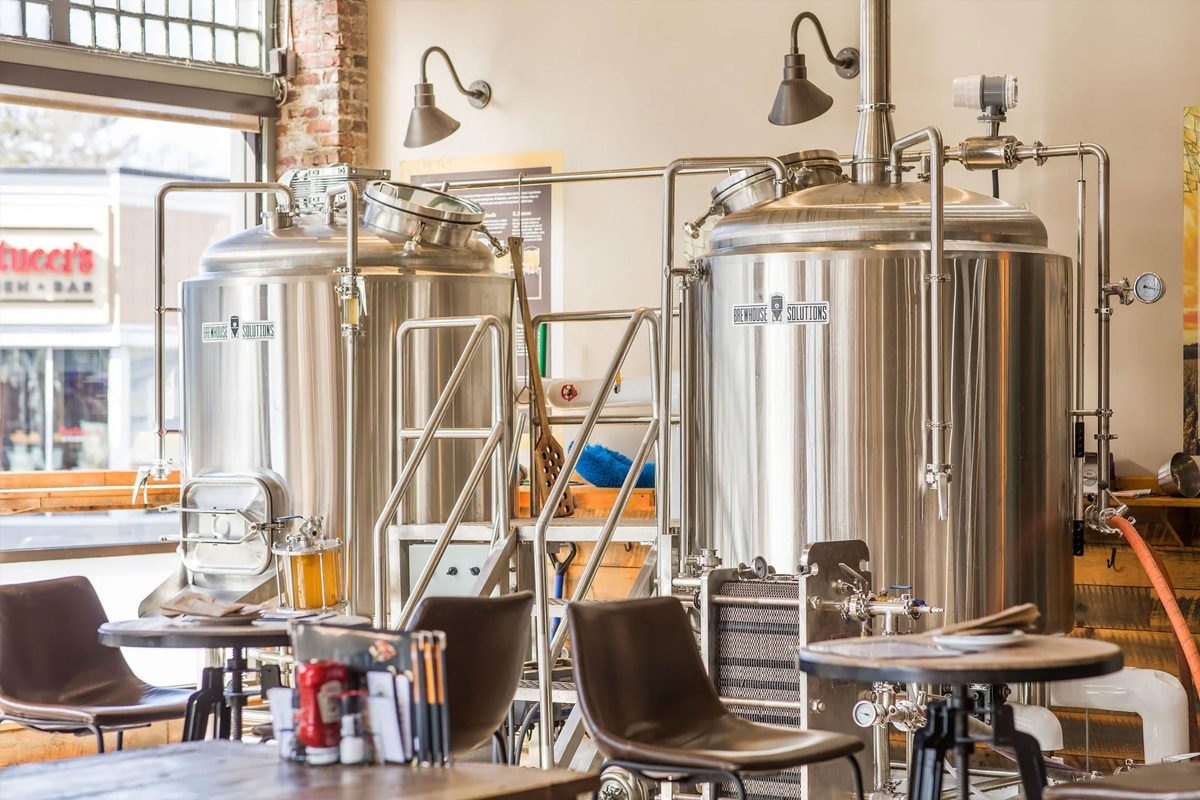
Sources of Hard Water
Geographical Influences
The hardness of water largely depends on its geographical source, as water naturally picks up minerals from the surrounding environment. Here are some key geographical factors influencing water hardness:
- Limestone and Chalk Regions: Areas with high concentrations of limestone (calcium carbonate) and chalk tend to have hard water. As water percolates through these rocks, it dissolves calcium and magnesium carbonates, increasing hardness. Notable regions include parts of England, especially Burton-on-Trent, which is renowned for its hard water ideal for brewing certain beer styles like pale ales and IPAs.
- Dolomite and Gypsum Deposits: Regions with dolomite (calcium magnesium carbonate) and gypsum (calcium sulfate) also contribute to water hardness. Water flowing through these areas dissolves these minerals, leading to higher concentrations of calcium and magnesium in the water. This is common in regions like central Europe, including parts of Germany and Austria.
- Aquifers and Groundwater: Water sourced from underground aquifers and wells often exhibits higher hardness levels due to prolonged contact with mineral-rich rocks. Groundwater absorbs minerals as it moves through soil and rock layers, increasing its hardness. Regions relying on groundwater for their water supply, such as parts of the Midwest and Southwest United States, often encounter hard water issues.
Industrial and Urban Sources
Human activities and urban infrastructure can also contribute to water hardness:
- Industrial Discharges: Certain industrial processes release calcium and magnesium compounds into nearby water bodies. Factories and manufacturing plants, particularly those involved in mining, metal processing, and cement production, can elevate the hardness of local water supplies through their discharges.
- Urban Runoff: In urban areas, runoff from roads, buildings, and other impermeable surfaces can carry calcium and magnesium compounds into municipal water supplies. Construction materials like concrete and asphalt can leach minerals into the water, increasing hardness.
Surface Water Sources
Surface water sources, such as rivers, lakes, and reservoirs, can vary in hardness depending on their surrounding environment:
- River Water: Rivers that flow through mineral-rich regions can carry dissolved calcium and magnesium ions, leading to higher hardness levels. For example, the river Trent in England flows through areas with significant limestone deposits, contributing to the hardness of water in Burton-on-Trent.
- Lake Water: Lakes surrounded by calcareous rocks or gypsum deposits tend to have harder water. Additionally, lakes used as reservoirs for urban water supplies can have varying hardness levels depending on their source inflows and surrounding geology.
- Reservoirs: Man-made reservoirs can have variable hardness levels based on the geology of their catchment areas and the mineral content of inflowing rivers and streams. The hardness of water in reservoirs is often managed through water treatment processes to meet the specific needs of the local population and industries.
Seasonal Variations
Water hardness can also vary seasonally due to changes in weather patterns and water flow:
- Rainfall: Heavy rainfall can dilute the mineral content in water sources, temporarily reducing hardness levels. Conversely, during dry periods, water flow decreases, leading to higher concentrations of dissolved minerals and increased hardness.
- Snowmelt: In regions with significant snowfall, the melting of snow can introduce mineral-rich water into rivers and lakes, temporarily increasing hardness levels during spring and early summer.
Human Interventions
Water hardness can be influenced by human interventions aimed at water management and treatment:
- Water Treatment Plants: Municipal water treatment plants often adjust water hardness to meet regulatory standards and consumer preferences. Techniques such as ion exchange, reverse osmosis, and chemical precipitation are used to manage hardness levels and provide consistent water quality.
- Domestic Water Softeners: In areas with high natural water hardness, domestic water softeners are commonly used to reduce hardness for household use. These devices typically use ion exchange resins to replace calcium and magnesium ions with sodium or potassium ions, resulting in softer water.
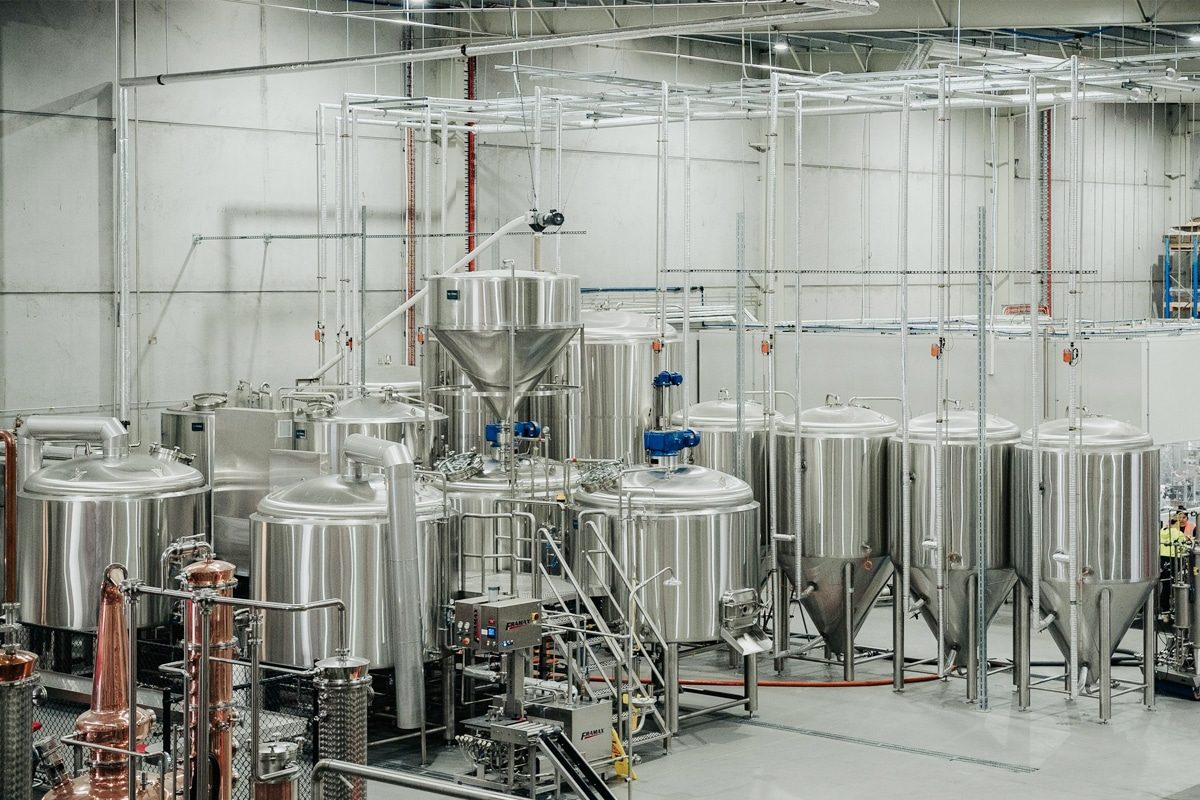
Impact of Water Hardness on Brewing
Effect on Mash Efficiency
Mash efficiency, or the effectiveness of extracting fermentable sugars from malt, is significantly affected by water hardness:
- pH Control: Calcium ions help to lower the mash pH by precipitating phosphates as calcium phosphate, creating an optimal pH range of 5.2-5.6. This pH range is crucial for enzyme activity, particularly for enzymes like alpha-amylase and beta-amylase, which convert starches into fermentable sugars. High bicarbonate levels in hard water can raise the mash pH, leading to suboptimal enzyme performance and reduced sugar extraction.
- Enzyme Stability: Both calcium and magnesium ions are vital for the stability and activity of enzymes during mashing. Calcium stabilizes enzymes, enhancing their efficiency in breaking down starches and proteins. Magnesium also acts as a cofactor for enzymes, though in smaller amounts compared to calcium. Proper mineral balance ensures effective starch conversion and higher mash efficiency.
- Protein Coagulation: Calcium promotes the coagulation of proteins during the mash and boil, leading to better wort clarity and stability. Effective protein coagulation is essential for removing haze-forming proteins, resulting in a clearer final product.
Effect on Flavor Profile
Water hardness has a profound influence on the flavor profile of the beer:
- Bitterness: Sulfates (SO4^2-) enhance hop bitterness, making them desirable for hop-forward styles such as pale ales and IPAs. Sulfates contribute to a dry, crisp finish that accentuates hop bitterness. However, excessive sulfate levels can result in an overly harsh and astringent bitterness.
- Malt Sweetness: Chlorides (Cl-) enhance the perception of malt sweetness and fullness, making them suitable for malt-forward styles like stouts and porters. Chlorides contribute to a rounder, fuller mouthfeel, emphasizing the malt character and balancing the hop bitterness.
- Astringency and Harshness: High bicarbonate levels can lead to astringency and harsh flavors, especially in lighter beers. Bicarbonates increase the mash pH, which can extract tannins from the malt and husks, resulting in astringent and off-flavors. Managing bicarbonate levels is crucial to avoid these undesirable taste profiles.
- Mineral Taste: Excessive levels of calcium and magnesium can impart a mineral taste to the beer. While some mineral characters can be desirable in certain styles, too much can overpower other flavors and create an undesirable, chalky taste.
Effect on Yeast Performance
Yeast performance contributes to a successful fermentation, and water hardness directly affects yeast health and activity:
- Nutrient Availability: Calcium and magnesium are essential nutrients for yeast metabolism. These minerals support various cellular functions, including enzyme activation, cell wall stability, and nutrient transport. Adequate levels of these minerals ensure robust yeast growth, vitality, and efficient fermentation, leading to complete attenuation and a clean final product.
- Yeast Flocculation: Calcium promotes yeast flocculation, which is the clumping together of yeast cells towards the end of fermentation. Improved flocculation results in clearer beer, easier yeast removal, and reduced risk of off-flavors from yeast autolysis. Proper flocculation also simplifies the post-fermentation process, making it easier to achieve a bright and polished final product.
- Fermentation Consistency: Consistent mineral levels help maintain stable fermentation performance across different batches. Variations in water hardness can lead to inconsistent yeast behavior, affecting the flavor, clarity, and overall quality of the beer. By managing water hardness, brewers can achieve more predictable and repeatable fermentation results.
Managing Water Hardness
Brewers have several methods to manage water hardness and tailor it to specific beer styles:
- Dilution: Diluting hard water with distilled or reverse osmosis (RO) water can reduce mineral concentrations and achieve the desired water profile.
- Boiling: Boiling water can precipitate temporary hardness (bicarbonates) out of the solution, but it is not effective in removing permanent hardness.
- Chemical Additions: Adding brewing salts like calcium chloride (CaCl2) or gypsum (CaSO4) can adjust water hardness and the sulfate/chloride ratio to suit specific beer styles.
- Ion Exchange: Ion exchange systems can remove both temporary and permanent hardness by exchanging calcium and magnesium ions with sodium or potassium ions.
- Reverse Osmosis: RO systems can remove almost all dissolved minerals, allowing brewers to start with a blank slate and build their desired water profile from scratch.
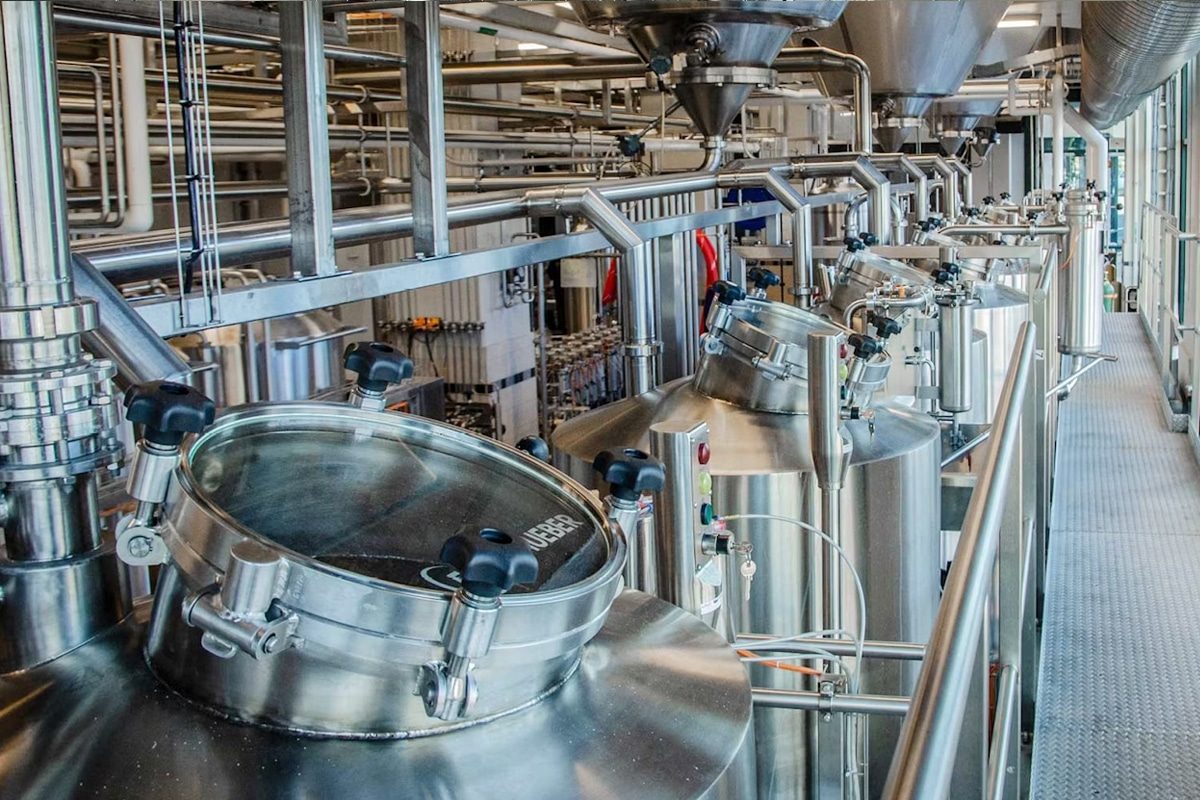
Managing Water Hardness in Brewing
Water Treatment Techniques
Dilution
- Method: Diluting hard water with distilled or reverse osmosis (RO) water can reduce mineral concentrations.
- Application: This technique allows brewers to create a more neutral starting point, making it easier to add specific minerals as needed. For instance, blending 50% hard water with 50% distilled water can halve the mineral content, providing a balanced baseline.
Boiling
- Method: Boiling water can precipitate temporary hardness (calcium and magnesium bicarbonates) out of the solution.
- Application: After boiling, the water is cooled and the precipitated minerals are removed. This method is effective for reducing bicarbonate levels but does not affect permanent hardness caused by sulfates and chlorides.
Chemical Additions
- Method: Adding brewing salts such as calcium chloride (CaCl2), gypsum (CaSO4), and others to adjust water hardness and mineral content.
- Application: Depending on the beer style, different salts are added to achieve the desired water profile. For instance, adding gypsum increases calcium and sulfate levels, enhancing hop bitterness in pale ales. Calcium chloride increases calcium and chloride levels, enhancing malt sweetness and fullness.
Ion Exchange
- Method: Ion exchange systems replace calcium and magnesium ions with sodium or potassium ions using resin beads.
- Application: This method is commonly used in household water softeners. While it effectively reduces hardness, brewers must be cautious with the resulting sodium levels, as high sodium can negatively impact beer flavor.
Reverse Osmosis (RO)
- Method: RO systems use a semi-permeable membrane to remove almost all dissolved minerals, producing nearly pure water.
- Application: Brewers can start with a blank slate and precisely build their desired water profile. This method provides complete control over water chemistry, making it ideal for brewers aiming for high precision and consistency.
Adjusting Mash pH
Acid Additions
- Lactic Acid: Adding lactic acid directly to the mash or sparge water can lower the pH effectively. This is a common method due to its simplicity and predictability.
- Phosphoric Acid: Another popular choice, phosphoric acid lowers pH without imparting significant flavor changes. It is particularly useful when making lighter beers where flavor impacts need to be minimized.
Acidulated Malt
- Method: Incorporating acidulated malt into the grain bill helps lower mash pH naturally.
- Application: This method is especially useful for brewers who prefer not to add liquid acids. The acidulated malt is typically used at 1-5% of the total grain bill, depending on the required pH adjustment.
Buffer Additions
- Calcium Salts: Adding calcium chloride (CaCl2) or calcium sulfate (CaSO4) to the mash can help lower pH. These salts not only adjust pH but also contribute to the overall water profile, enhancing the desired beer characteristics.
Building a Water Profile
Pale Ales and IPAs
- Profile: High sulfate to chloride ratio (2:1 or higher).
- Target Levels: 150-300 ppm sulfate, 50-100 ppm chloride, 50-100 ppm calcium.
- Effect: Sulfates enhance hop bitterness and provide a dry finish, while moderate chlorides balance malt sweetness.
Stouts and Porters
- Profile: Higher chloride-to-sulfate ratio (1:1 or higher).
- Target Levels: 50-150 ppm chloride, 50-100 ppm sulfate, 100-200 ppm bicarbonates.
- Effect: Chlorides enhance malt sweetness and body, while bicarbonates help buffer the acidity of dark malts.
Lagers
- Profile: Balanced sulfate to chloride ratio (1:1).
- Target Levels: 50-100 ppm sulfate, 50-100 ppm chloride, 50-100 ppm calcium.
- Effect: A balanced mineral content supports a clean, crisp flavor profile characteristic of lagers.
Belgian Ales
- Profile: Low mineral content with a slight emphasis on chlorides.
- Target Levels: 30-50 ppm sulfate, 50-100 ppm chloride, 30-50 ppm calcium.
- Effect: The soft water profile allows the complex yeast and malt flavors to shine without interference from high mineral levels.
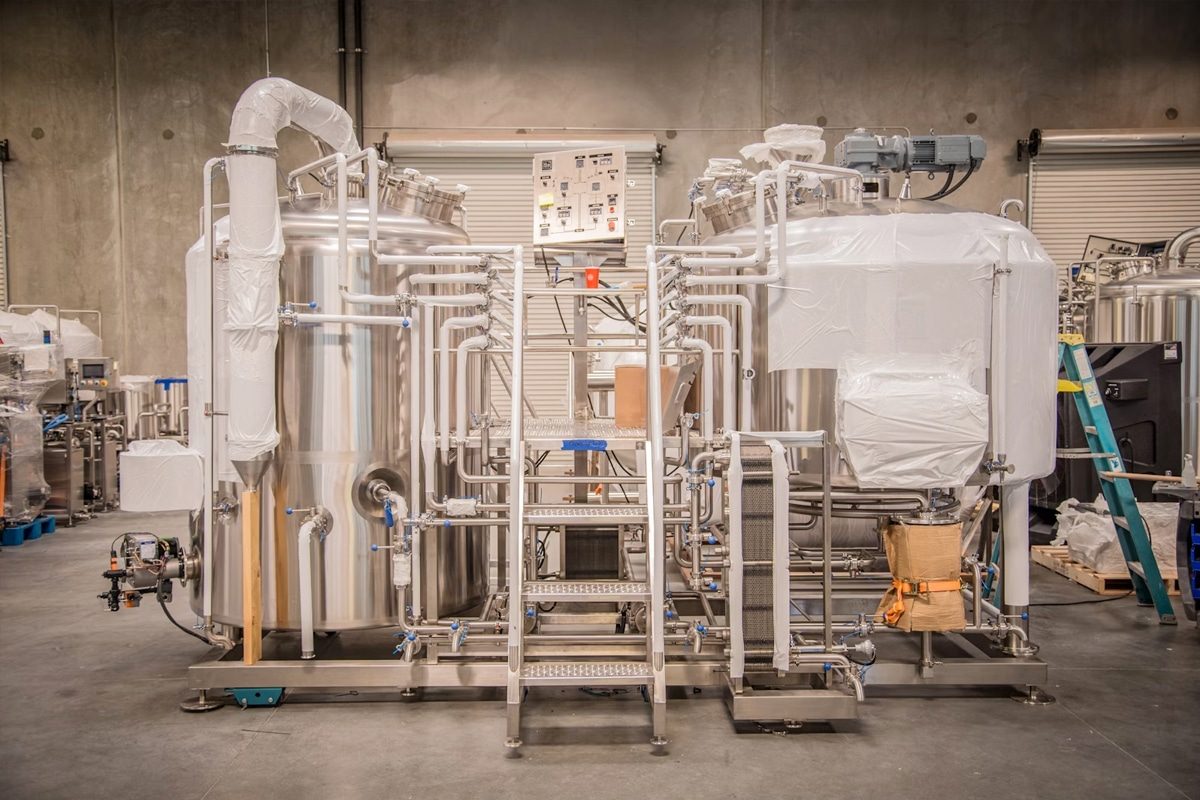
Summarize
